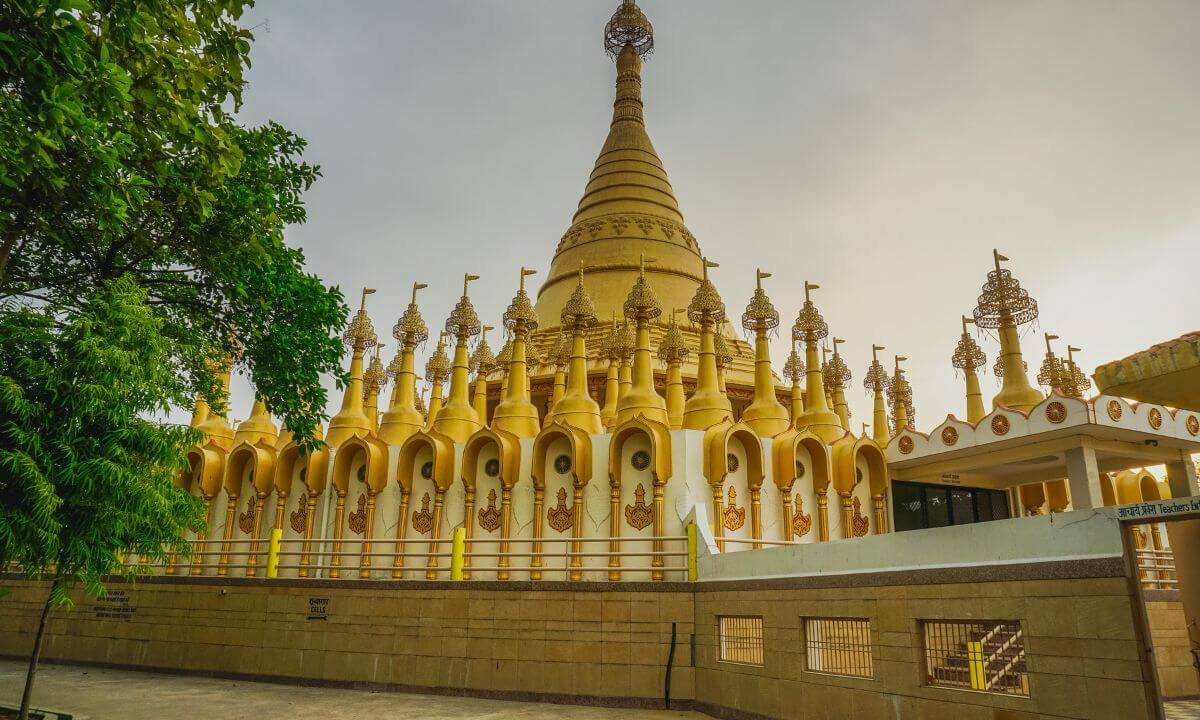Discover Kanpur's Rich Historical and Cultural Heritage
Often referred to as the "Leather City of the World," Kanpur is a treasure store of history and culture and an industrial centre. Tucked on the banks of the Ganges River, this city offers a rich tapestry of historical structures, colonial architecture, and cultural icons that chronicle its development from a little town to one of India's largest cities. Sceneloc8.com investigates Kanpur's historical and cultural relevance and offers valuable advice for the efficient use of these sites for content creators wishing to highlight its possibilities.
A glimpse into history: The birth of Kanpur
Raja Kanh Deo founded Kanpur in 1207; it has seen the rise and fall of many dynasties. Initially called Kanhpur, it developed into a significant military and commercial centre during British control. Particularly during the Indian Rebellion of 1857, which permanently changed the city’s history, its strategic location made it a necessary garrison town.
Notable Historical Sites
Jajmau
Understanding Kanpur’s historical relevance depends on this old site. Archaeological digs have turned up objects dating from 600 BC to 1600 AD. Originally called Siddhapiri, Jajmau is connected to the Puranic ruler Yayati. Built-in 1358 AD by Firoz Shah Tughlaq, the mausoleum of Sufi saint Makhdoom Shah Ala-ul-Haq and various temples, including the Siddhnath Temple, reflect their respective times.
Kanpur Memorial Church
Built in 1875 in honour of British troops who perished during the 1857 rebellion, Kanpur Memorial Church—also known as All Souls’ Church—is a Gothic construction. Stunning stained glass windows and minute architectural details allow one to observe colonial-era workmanship6.
Massacre Ghat
Profound historical importance exists at this place since it marks the terrible events during the uprising when British residents were slaughtered. Here, a memorial to the victims has been built, therefore serving as a moving reminder of the past 45.
Bhitargaon Temple
Renowned for its exquisite brickwork and sculptures, the Gupta period architectural wonder known as Bhitargaon Temple is where history buffs should visit Kanpur as evidence of their rich cultural legacy.
Colonial Influences
Kanpur’s architectural and urban design clearly show its colonial background. Perfect for leisurely walks while soaking in the historical ambience, the city boasts various parks built during British control, including Nana Rao Park and Phool Bagh.
Cultural Richness: Festivals and Traditions
Kanpur is alive with events reflecting its varied cultural legacy. Celebrated with enormous passion, events like Diwali, Holi, and Eid give multimedia artists many chances to record vibrant celebrations and customs.
Culinary Delights
The city’s culture is greatly enhanced by its gastronomic scene. Renowned for its street cuisine, Kanpur offers sweets like peda and jalebi, as well as chaats and kebabs. Investigating neighbourhood markets like Gandhi Market can give content makers many ideas for food blogs or vlogs.
Practical Tips for Content Creators
Best times to visit: The ideal time to visit Kanpur is from October to March when the weather is nice. Early or late afternoons are best for capturing amazing images with natural lighting.
Transportation: Kanpur boasts a well-developed public transit infrastructure with buses and autorickshaws. Renting a bicycle is another fun way to tour nearby areas at your speed.
Photography Tips:
Golden Hour: Photographs should be struck from early morning or late afternoon light.
Details Matter: Emphasise vivid colours from local markets or minute architectural elements in colonial buildings.
Candid shots: Capture residents participating in everyday activities to provide your material authenticity through candid shots.
Engagement with locals: Interacting with its people might help you better understand Kanpur’s culture and past. To augment your material, consider interviewing local historians or artists.
Utilising Social Media: Sharing short films or reels highlighting your experiences in Kanpur’s historical monuments or gastronomic adventures would be best on platforms like Instagram.
Conclusion:
Kanpur is a canvas covered in historical tales and cultural diversity that is simply waiting to be discovered. It is not only an industrial metropolis. This city presents countless chances for content creators to capture its core via interesting movies, narratives, and photography. Investigating its past and embracing its vivid present can help you produce engaging material that appeals to viewers ready to discover this less-known jewel in India.

